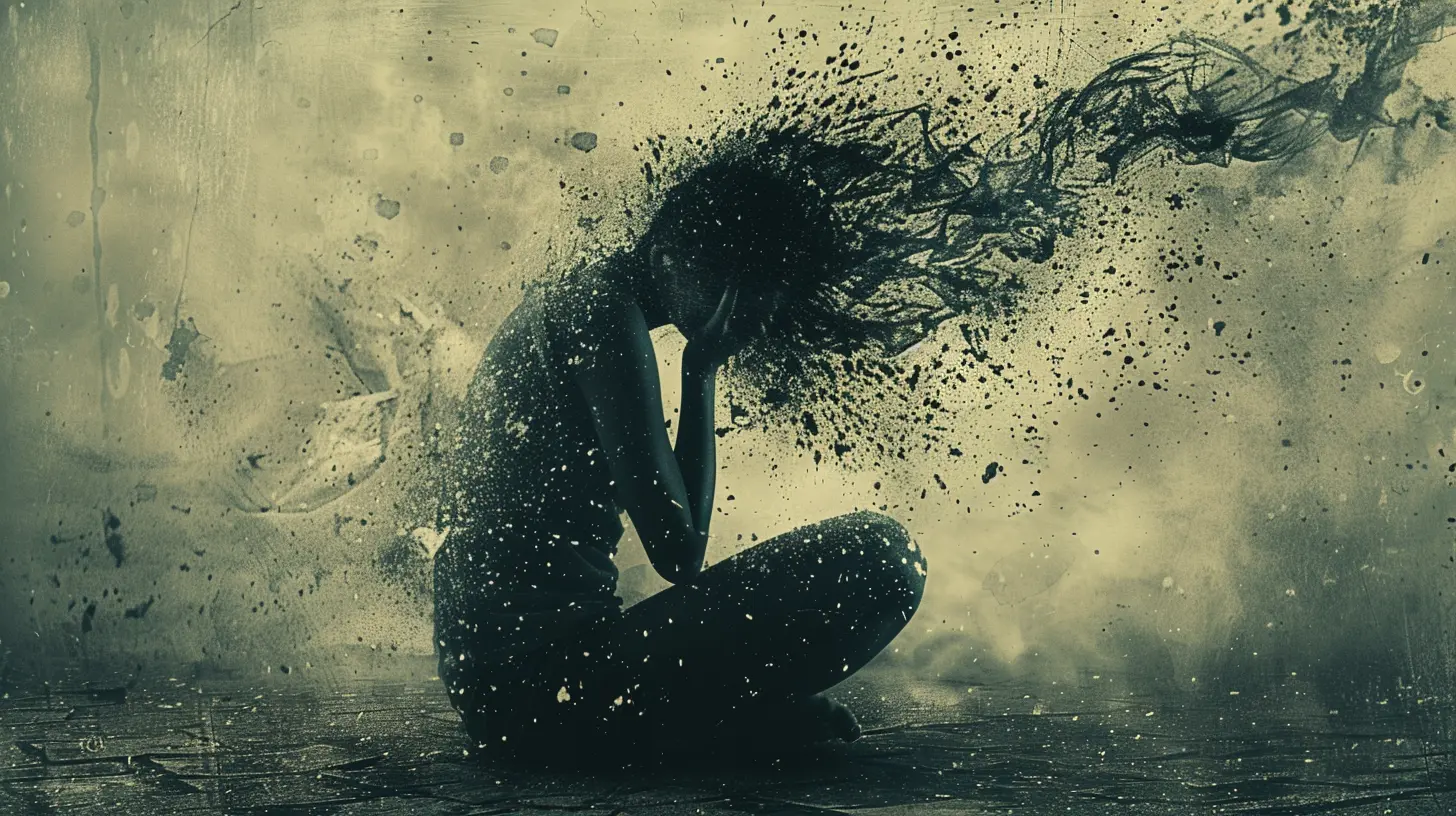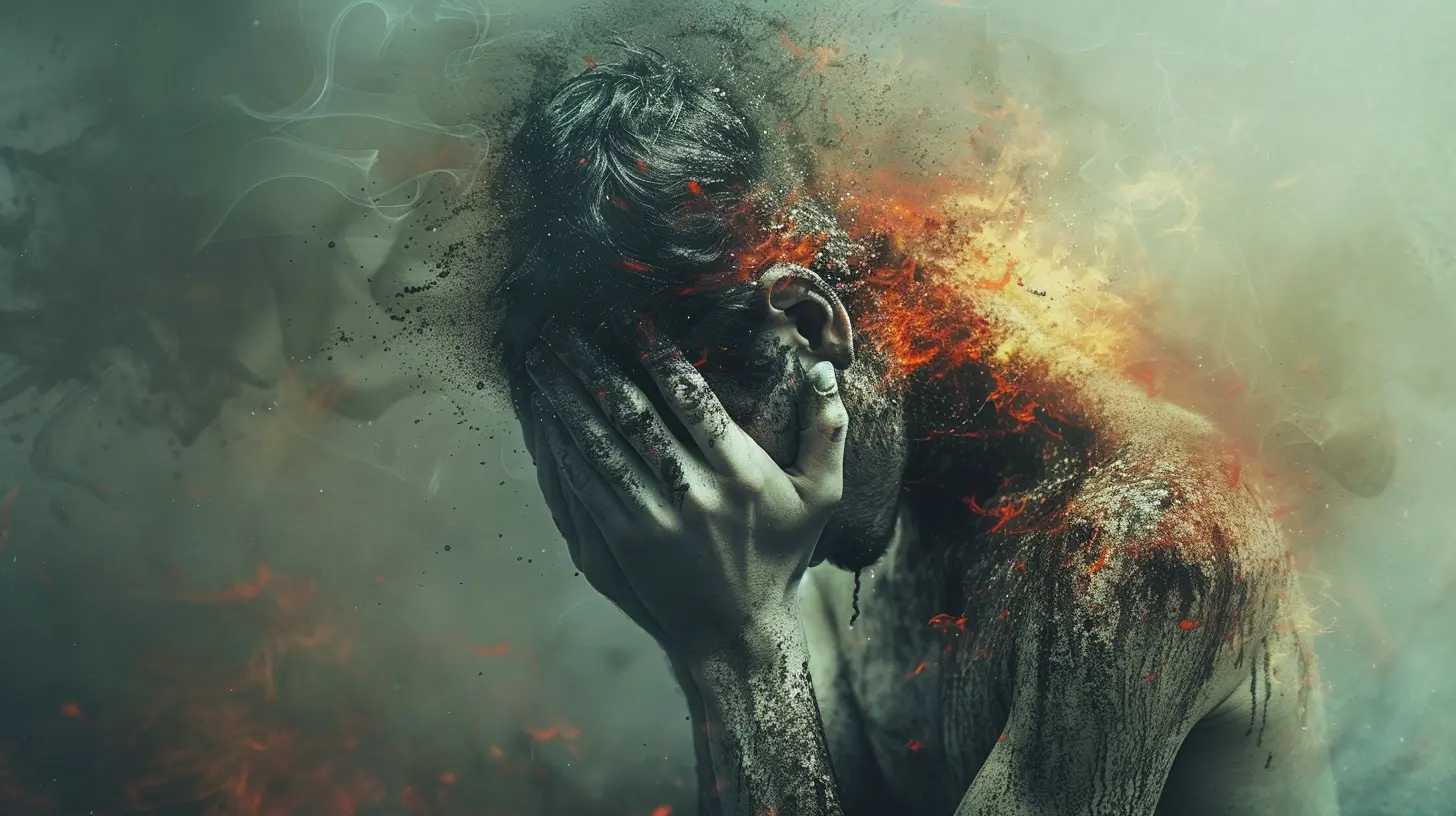When Trauma Becomes a Part of Your Identity
23 June 2025
Let’s have a real talk. Trauma isn't something we just get over with a deep breath and a positive attitude. It changes you. Sometimes quietly. Other times, it shakes your entire foundation. Here's the thing though—what happens when that trauma starts becoming more than just a memory, and instead, becomes… you?
Yeah, heavy stuff. But you're not alone, and if any of this resonates with you, trust me—we’re going to break it down together.
What Does It Mean When Trauma Becomes Your Identity?
First off, let's clarify what we mean by “identity.” Identity is the way you see yourself and how you define who you are—it’s your story, your self-image, and your beliefs about your place in the world.Now, trauma? That's an emotional wound. It could come from abuse, neglect, loss, accidents, illness, or more subtle stuff like emotional invalidation growing up. Trauma gets stored in your body and mind, and if it’s not processed, it lingers.
So when trauma becomes your identity, you're no longer just someone who experienced something traumatic—you become someone who is that trauma. It's like the story of your pain becomes the main story you tell about who you are.
Real Talk: Why Trauma Starts Defining You
It's not about weakness. It’s about survival. Our brains are wired to remember danger. That’s how we survive. But sometimes, the brain goes into overdrive and instead of helping us move on, it keeps us stuck in that “survival mode.”Let’s say you went through something terrible. Your body and mind tried to make sense of it. You might have told yourself things like:
- “I’m broken.”
- “I’ll never be the same.”
- “I’m the person who was abused.”
- “I always have bad luck.”
Over time, these repeated thoughts can turn into beliefs. Beliefs become habits. Habits become identity. See how the dots connect?
How It Shows Up in Everyday Life
Trauma-based identity isn’t always obvious. Sometimes it’s subtle. But it can bleed into every corner of your life. Here's how:1. Over-Attachment to the Pain
You might find comfort (yes, comfort) in the pain. Why? Because it's familiar. It becomes your anchor, even if it drags you down. You might keep reliving it, talking about it, or seeking validation through it.2. Self-Sabotage
If you believe you’re not worthy because of your trauma, you might unconsciously sabotage relationships, jobs, or opportunities. Why? Because they don’t align with your wounded self-view.3. Victim Mentality
Now, this isn’t about blaming anyone. But staying in a victim role can offer a sense of safety or even identity. It’s like, “This happened to me, so nothing else is possible.”4. Relationship Struggles
You might attract unhealthy relationships or push away healthy ones. Why? Because your trauma told you that you don’t deserve more—or that love equals pain.5. Fear of Healing
Crazy as it sounds, healing can feel scary. Who are you without your trauma? If your identity is built around it, letting go feels like losing a part of yourself.
The Silent Power of Stories
We all create narratives around events in our lives. It’s how we make sense of the chaos. The danger is when the narrative becomes rigid and narrow—based only on pain. Imagine living in a movie where every scene is about your trauma. Sounds exhausting, right?But here’s the beautiful part: stories can change.
You’re the narrator. And you're allowed to revise the script.
Reclaiming Yourself: Steps to Separate From Trauma Identity
Let’s get practical. You’re not doomed to be defined by your trauma forever. Here’s how to gently but powerfully shift back to your real self.1. Acknowledge Without Attachment
Start by validating your experience. Yes, it happened. Yes, it was real. But you are more than what happened to you. Think of it like this: you have a scar, but you are not the scar.Ask yourself:
Who am I outside of this pain?
Write it down. Say it out loud. Start forming a new sentence that doesn’t start with, “I am a victim…”
2. Find Safe Spaces To Process
Talk therapy, trauma-informed coaches, support groups—whatever feels right. Processing trauma safely is key to not letting it define you. You’re not meant to carry it alone.Remember: healing isn’t linear. One week you might feel free, next week you’re triggered again. That’s okay.
3. Challenge Limiting Beliefs
Start catching those self-statements rooted in trauma:- “I’m always going to be anxious.”
- “No one will ever love me.”
Then challenge them. Are they facts or feelings? Big difference.
You get to rewrite the script. Instead of “I am broken,” how about, “I am healing.” Feels different, right?
4. Get Curious About the Real You
Start exploring who you are beyond your trauma.What makes you laugh?
What are you passionate about?
What did you love before the pain?
Try new hobbies. Reconnect with nature. Dance. Paint. Read. Journal. Do things just because they bring you pleasure. Not because they "fix" you.
5. Release the Shame
Shame is what keeps trauma sticky. It whispers, “You deserved this,” or “You’ll never be okay.” But that shame? It doesn’t belong to you.You deserve joy, peace, and a life that isn’t chained to your past.
So take a breath and say it:
I am not what happened to me.
Creating a New Identity: One Built on Strength, Not Wounds
Here’s something to chew on: Healing isn’t about forgetting the trauma. It's about choosing what role it plays in your life story.Switch the roles up. Let trauma be a chapter, not the whole book.
Start building a new identity based on:
- Resilience: “I went through hell and I’m still standing.”
- Compassion: “I understand pain, and I can support others too.”
- Growth: “I’m ever-evolving, not stuck in the past.”
You get to be the author now. Start writing from here.
Don’t Rush. Be Gentle.
Healing from trauma identity is like tending a garden. You don’t yank out the weeds and expect instant flowers. It’s slow. Messy. But beautiful.You may revisit parts of your trauma again and again. That’s not failure—that’s being human.
The key is to keep connecting back to the now. To the present you. To the possibilities ahead.
Final Thoughts: You Are Not Your Trauma
If no one told you today, let this be it:You are not your trauma. You are not your scars. You are not your worst moments.
You are layered, complex, and whole—even when you feel broken.
Trauma may be a part of your story, but it doesn’t get to hold the pen anymore.
Take it back. Your story moves forward from here.
all images in this post were generated using AI tools
Category:
Emotional TraumaAuthor:

Paulina Sanders
Discussion
rate this article
1 comments
Layla Anderson
This article beautifully highlights the complexities of integrating trauma into our identities. Acknowledging our experiences while also embracing growth and healing is vital. Remember, you’re not defined by your trauma—your resilience shines through. Thank you for shedding light on this important topic! Keep moving forward!
June 30, 2025 at 3:36 AM

Paulina Sanders
Thank you for your thoughtful comment! I'm glad you found the article meaningful. Embracing resilience is key to our growth.


